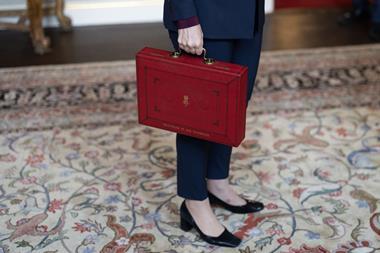Prior to the economic downturn, I have to confess - I had heard of business rates but I could get away with the fact that my knowledge of the precise mechanics was to say the least rudimentary.
Prior to the economic downturn, which for the property industry probably began in mid 2007 at least a year before the financial crash of Autumn 2008, I have to confess I belonged to what I suspect was a large class of industry participants - I had heard of business rates, I knew they were expensive but they were paid directly by tenants and, as we had little control of the item, I could get away with the fact that my knowledge of the precise mechanics was to say the least rudimentary.
Now I know better. UK GDP has yet to regain its previous peak and retail rents have on average across the country fallen since the Summer of 2007, not just in real terms but in actual terms as well. But not the Government’s wonderful little nest egg, business rates. They have merrily grown indexed by inflation each year - and at the higher RPI, not the lower CPI.
And so we have a monster - in essence an inflation linked Government bond attached to our assets. Based on retail rents pretty much at their peak in March 2008. Unresponsive to the business performance of the occupier or the potential of the underlying asset to generate rent. No clear link to the services for which the tax purports to be paying. Still rising even as local Government expenditure and services are slashed. And as the next injustice, under the empty rates regime introduced at the worst possible time in 2008, even payable when no tenant exists to consume the local services for which the tax exists.
Regrettably, we are now all experts on business rates. Successive recent reviews, such as Portas & Grimsey, have laid the blame for a good proportion of the retail sector’s struggles, and particularly those of the high street, squarely at the door of unsustainably high business rates on retail, and pointed out their damaging negative effect on investment.
They are right. Even Government has woken up to the problem. The revaluation delay from 2013 to 2015 is admittedly a blunt instrument with both winners and losers, but at least it indicates a recognition that it is time to stop digging a deeper hole.
We must use this time-out wisely. At intu, we have been raising the profile of business rates as an issue for several years and I am pleasedthatin that time a wide cross-section of industry bodies, both property and retail-related, whose interests are often far from aligned,has united on one subject - business rates on retail are no longer fit for purpose and a better solution must be found, even in this era of unprecedented pressure on Government finances.
David Fischel, Intu


























1 Reader's comment